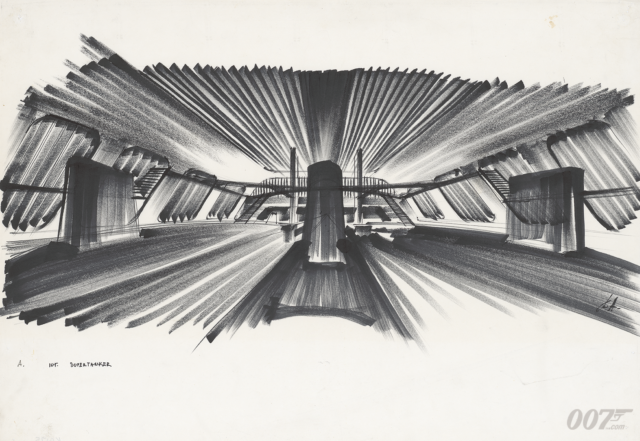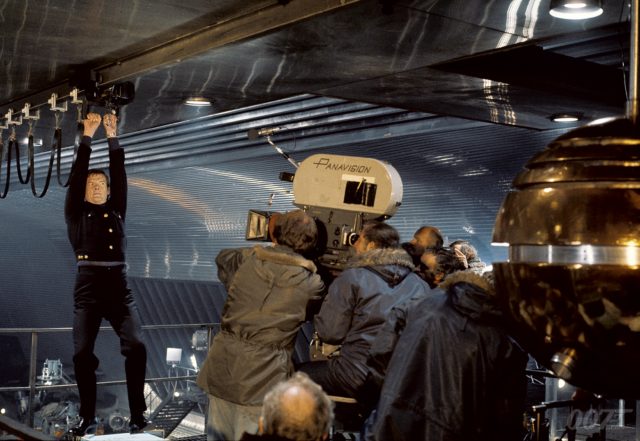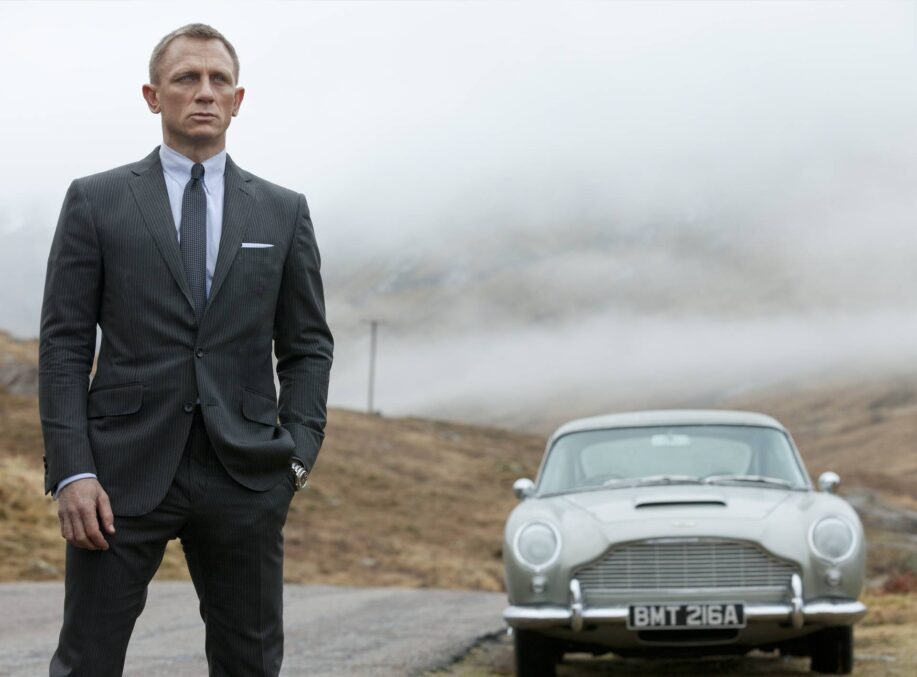

Focus Of The Week: The Spy Who Loved Me
Celebrating its 40th Anniversary
The Spy Who Loved Me became Albert ‘Cubby’ Broccoli’s first Bond film as sole producer. Its success helped define the legacy of one of the film industry’s most beloved figures.
In Spring 1975, Broccoli, Harry Saltzman and Director Guy Hamilton began preparing the tenth Bond film. For the first time, the filmmakers only had a title, as Ian Fleming did not wish this novel to be used for a film plot. Many talented writers worked at developing a story, including Richard Maibaum, author Anthony Burgess and writer/director John Landis.
Delays to pre-production, partly due to Harry Saltzman having to sell his share of EON Productions to United Artists, meant Guy Hamilton left the project. Broccoli sought out You Only Live Twice Director Lewis Gilbert. Gilbert brought in Christopher Wood to complete the screenplay. He also brought John Glen on board as an editor and additional unit director. Gilbert introduced the key script element of Bond killing Anya Amasova’s lover, helping to create a solid story underpinning the action.
German actor Curt Jurgens landed the role of antagonist Karl Stromberg. An assistant saw Richard Kiel on an American TV series and suggested him for the part of Jaws. The filmmakers searched for an appropriate actress to play Anya Amasova. When United Artists Executive Danton Rissner asked if there was a small role for his friend Barbara Bach, he was surprised to discover that Broccoli wanted her to take the lead.
A TV advert for Canadian Club featuring a skier sailing off El Capitan in California and then unfurling a parachute to land safely inspired the opening sequence. Research showed the ad was faked, but the parachutist, Rick Sylvester, said the stunt could be done on Baffin Island. Weather threatened to put an end to the stunt, but finally the winds died down and the clouds parted. Out of the three cameras rolling, fortunately one captured the shot.
In Egypt, despite filming at some of the greatest temples along the Nile, the day-to-day needs of the production were often difficult to meet. Broccoli earned great goodwill by finding the supplies to cook a homemade pasta dinner for the cast and crew.
Sardinia provided the perfect backdrop for second unit director Ernie Day to film much of the car chase with the Lotus Esprit. Special Visual Effects Supervisor Derek Meddings made a shell car to be fired into the sea from an air cannon. In the clear waters of the Bahamas, three additional cars showed the Lotus transforming into a submarine. Perry Oceanographics built a fifth effects Lotus, a true submarine in the shape of an Esprit, for the Nassau shoot. Meddings supervised a cable pulling a final Lotus body onto a Sardinian beach to end the scene. Meddings also built models of the Liparus supertanker and Stromberg’s Atlantis laboratory, both shot in the Bahamas.
At Pinewoood, Production Designer Ken Adam broke new ground with sets that deftly combined sweeping curves, burnished metal finishes and beautiful antiques. Yet no stage or location could be found for the interior of the Liparus, so Adam designed a permanent stage at Pinewood. Built in only 13 weeks, including the interior tanker set, the 007 Stage became the largest film stage in the world.
John Barry was unavailable to score the film and suggested Marvin Hamlisch. Hamlisch wanted to create a big sound in keeping with the 007 style created by Barry. The title song was named “Nobody Does It Better” by lyricist Carole Bayer Sager, a phrase that still defines Bond. The song reached #2 in the US and #7 in the UK. Both song and score earned Academy Award nominations, as did the art direction.
With a budget higher than any Bond film before it, Roger Moore’s third outing as 007 became a tremendous box office success and a touchstone film in the Bond series.














